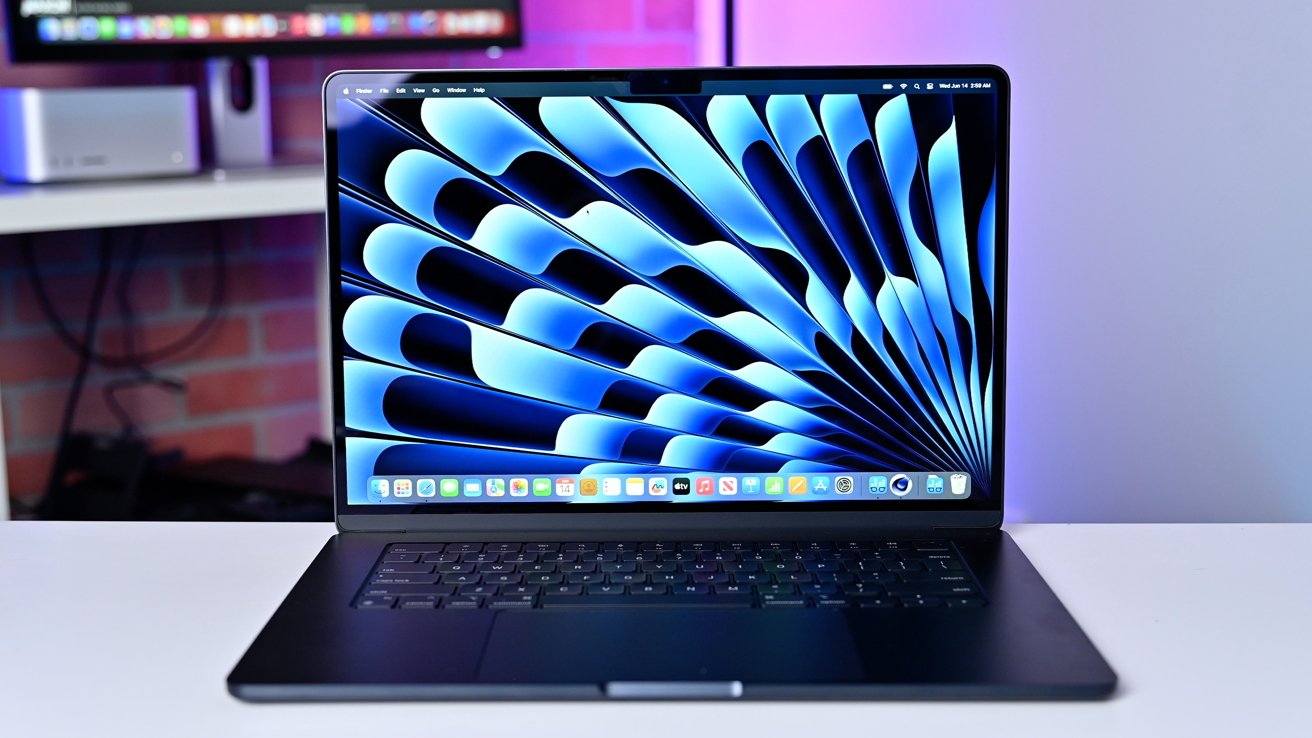

Apple execs credit Apple Silicon for 15-inch MacBook inception
source link: https://appleinsider.com/articles/23/06/30/apple-silicon-is-why-15-inch-macbook-was-possible-at-all?
Go to the source link to view the article. You can view the picture content, updated content and better typesetting reading experience. If the link is broken, please click the button below to view the snapshot at that time.

Apple executives recently shared insights on the development of the 15-inch MacBook Air, which was designed to meet the needs of both consumers and enterprise users.
8 Comments
tht
said about 16 hours agomaltz said:I'd really like to hear some technical elaboration on how Apple Silicon helps to make a BIGGER laptop with less space constraint. It's going the other direction that's hard.For Apple, it only means that Apple Silicon allowed them to build a 15” metal laptop that is 0.45” thick, 3.3 lb with a runtime of 18 hrs, and with good all around compute performance.
You can build an x86 laptop to some of what Apple wants, but what is missed is really important to Apple. LG has their Gram series which is thin and light, but it’s plastic, is more flexible, less runtime, etc. Some people are fine with what LG offers, so, perfectly fine.Apple’s pricing typically means the device and service has to be better than others. It’s part of the art of product design. They think the MBA15, as an object and a device, is good enough to command its pricing. Apple silicon is part of the whole amalgam that contributes to this.
thadec
said about 10 hours agotht said:For Apple, it only means that Apple Silicon allowed them to build a 15” metal laptop that is 0.45” thick, 3.3 lb with a runtime of 18 hrs, and with good all around compute performance.maltz said:I'd really like to hear some technical elaboration on how Apple Silicon helps to make a BIGGER laptop with less space constraint. It's going the other direction that's hard.You can build an x86 laptop to some of what Apple wants, but what is missed is really important to Apple. LG has their Gram series which is thin and light, but it’s plastic, is more flexible, less runtime, etc. Some people are fine with what LG offers, so, perfectly fine.Apple’s pricing typically means the device and service has to be better than others. It’s part of the art of product design. They think the MBA15, as an object and a device, is good enough to command its pricing. Apple silicon is part of the whole amalgam that contributes to this.Not just the LG Gram 17 (a 17" laptop) but the Samsung Galaxy Book Windows laptops also. But to clarify: it isn't Apple Silicon that makes this possible. It is the TSMC foundry. It is why Apple Silicon is on 5nm where Intel was on 14nm when Apple Silicon launched and is still on 10nm. Meteor Lake devices - which arrive in 4Q 2023 - will be 7nm, have substantially improved efficiency cores and integrated GPUs and will have an integrated NPU. Said efficiency cores perform better than the performance cores in the $999 2018 MacBook Air. The iGPUs are going to outperform the Nvidia GeForce GTX 1650, which means they will outperform the M1's iGPU. https://www.macrumors.com/2020/11/16/m1-beats-geforce-gtx-1050-ti-and-radeon-rx-560/ Intel's plans for their integrated GPUs and NPUs are here: https://wccftech.com/intel-wants-to-bring-path-tracing-affordable-gpus-igpus-real-time-neural-rendering and are going to basically kill off the cheap discrete GPU market.
Meteor Lake is going to challenge a lot of narratives. Most of it was Apple marketing, but the tech media that repeated it as objective truth will have egg on their faces.
Recommend
About Joyk
Aggregate valuable and interesting links.
Joyk means Joy of geeK
